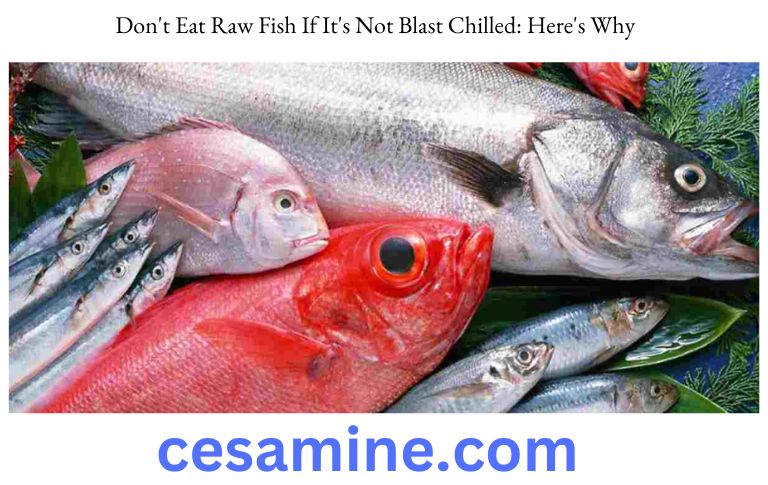You may envision consuming even raw fish when we find ourselves in a state of good nourishment. Although there are currently few areas where this tradition has been preserved, eating fish, cephalopods, crabs, and mussels that have just been brought to shore by the fishermen is still common in a number of nations around the Mediterranean coast.
The consumption of raw fish has significantly expanded as a result of the introduction of preparations like sushi and sashimi to Western diets as well as the emergence of restaurants that provide this style of food.
While there aren’t many nutritional differences between eating anything cooked vs raw, there are less health hazards associated with eating something that has been cooked thoroughly.

All meals should be thoroughly inspected for cleanliness violations, but for seafood items, the bar for forethought has to be raised.
In recent years, a “little animal” with an unusual name—the Anisakis—has spread across almost all of the world’s oceans and seas as a result of globalisation, which transports goods and people from one continent to another and causes fish to migrate as a result of various factors like pollution and climate change.
Even occasionally, and especially in very frail individuals like children and the elderly, these germs may cause infections or multiply in our intestines and result in severe disorders that can endanger life.
It is well recognised that eating raw fish entails higher risks of intoxications, infections from pathogenic germs, and parasite infestations. Nevertheless, many individuals overlap their fingers while eating raw fish and essentially depend on luck.
Escherichia coli, Listeria, and Salmonella are only a few of the hazardous bacteria and toxins that a complying mechanism with a blast chiller can rid raw fish of.
These pathogens are all to blame, as we’ve previously said, for unpleasant gastrointestinal issues. A container called a blast chiller is quite comparable to a freezer.
With the help of this apparatus, food may be heated to between -20 and 40 C. In order to break down the fish, it must be kept at such low temperatures for the required amount of time, which might vary depending on the ambient temperature and the blast chiller. For this reason, it’s crucial to only eat cut-down raw fish.